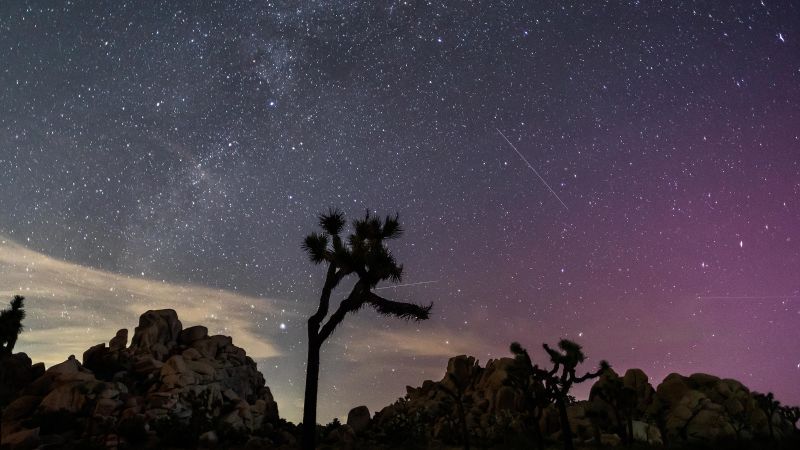As we usher in a new year, the night sky promises to showcase a stunning array of celestial events, presenting endless opportunities for stargazers and science enthusiasts alike. From spectacular meteor showers to mesmerizing lunar and solar eclipses, 2025 harbors a treasure trove of astronomical phenomena waiting to be witnessed. Whether you are an avid astronomy buff or simply an admirer of the cosmos, keeping track of these celestial occurrences can enrich your understanding and appreciation of the universe.
Every month of the year offers a full moon, uniquely named and steeped in tradition, particularly as cataloged by the Farmers’ Almanac. Different indigenous tribes also ascribe their own meanings and names to these full moons, enriching the cultural tapestry of astronomy. Observing the full moons—each representing various natural or cultural phenomena—creates a fascinating connection to nature, timekeeping, and community traditions.
Throughout 2025, notable dates to mark on your calendar for full moons include: January 13 for the Wolf Moon; February 12 for the Snow Moon; March 14 for the Worm Moon; April 12 for the Pink Moon; May 12 for the Flower Moon; June 11 for the Strawberry Moon; July 10 for the Buck Moon; August 9 for the Sturgeon Moon; September 7 for the Corn Moon; October 6 for the Harvest Moon; November 5 for the Beaver Moon; and culminating with December 4 for the Cold Moon. Each of these events will provide a brilliant showcase of our nearest celestial neighbor, offering an invitation to pause and observe.
In addition to full moons, 2025 will host several significant eclipses. Notably, there will be two partial solar eclipses—the first on March 29 visible in various parts of Europe, Asia, Africa, and the Americas, and the second on September 21 seen across regions of Australia and Antarctica. A partial solar eclipse occurs when the moon partially obscures the sun—a sight reminiscent of the moon taking a “bite” out of the solar sphere.
Furthermore, lunar enthusiasts can look forward to two total lunar eclipses occurring during the full moons of March and September. These lunar events transform the moon into a darkened silhouette as Earth casts its shadow upon it; when the moon passes through the darker region of the shadow, known as the umbra, it glimmers with a coppery hue, earning the nickname “blood moon.” The first total lunar eclipse is anticipated between March 13-14 and will have broad visibility, while the second will occur on September 7-8, crossing the skies of Europe, Asia, and parts of Africa and the Americas.
The allure of meteor showers provides yet another reason to step outside and gaze upwards. Bill Cooke from NASA’s Meteoroid Environments Office states that 2025 is expected to be a rewarding year for meteor observers. Each meteor shower comes with distinct peak dates, allowing stargazers to plan their observations. Following the Quadrantid meteor shower kicking off the new year on January 3, with other notable showers throughout the year, including the Lyrids (April 21-22), Eta Aquariids (May 3-4), Perseids (August 12-13), and Geminids (December 12-13).
The variety of celestial events in 2025 offers something for everyone, from the occasional casual observer to the dedicated astronomer. Whether you are looking to witness the brilliance of a meteor shower or the breathtaking sight of a lunar eclipse, taking a moment to immerse yourself in these astronomical wonders not only connects you with the cycles of nature but also links you with people around the globe who share the same fascination for the cosmos. In this dance of celestial bodies, one can find a sense of wonder, curiosity, and unity with the vast universe we inhabit. So prepare your stargazing gear, gather your friends and family, and enjoy the celestial miracles that await in 2025!



